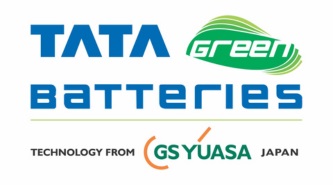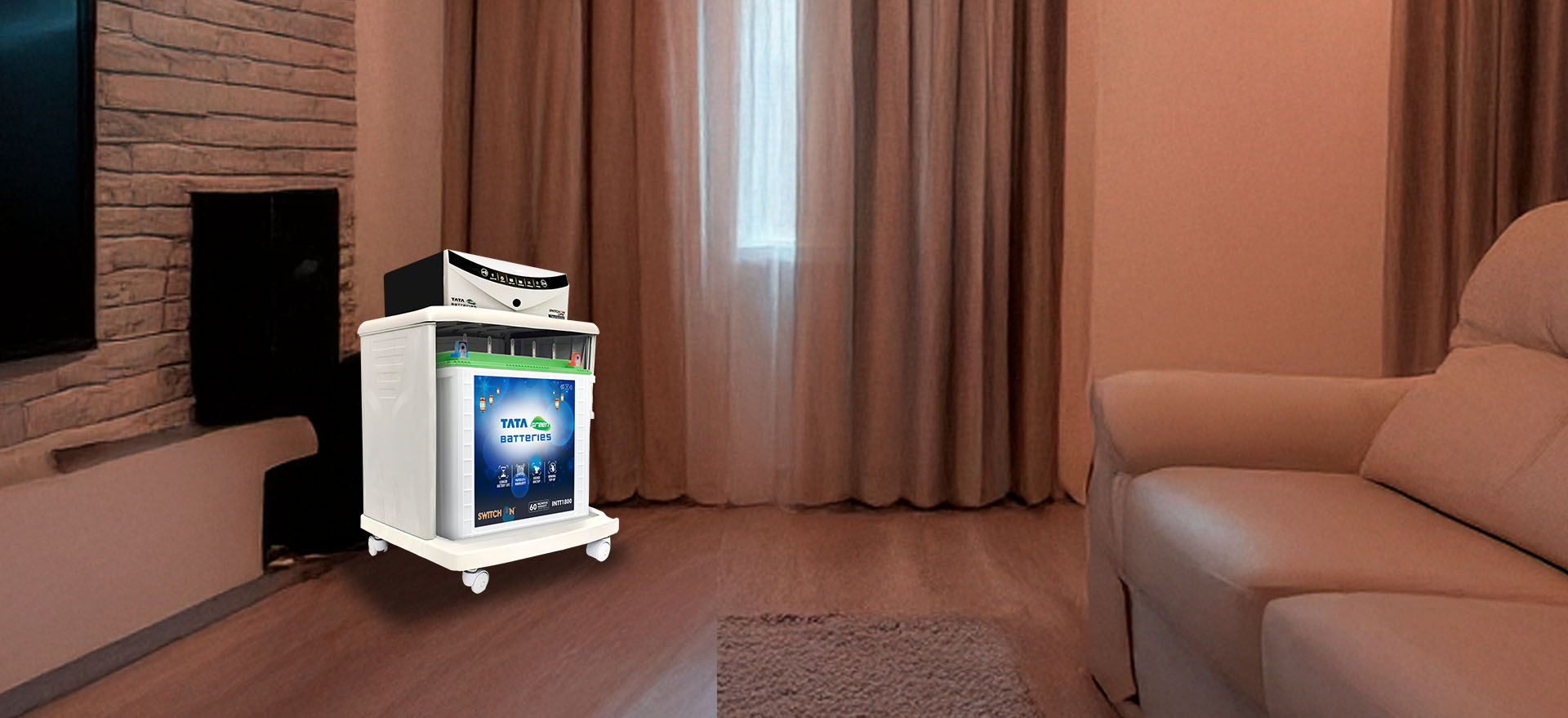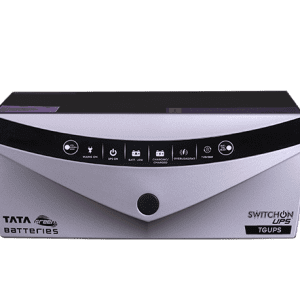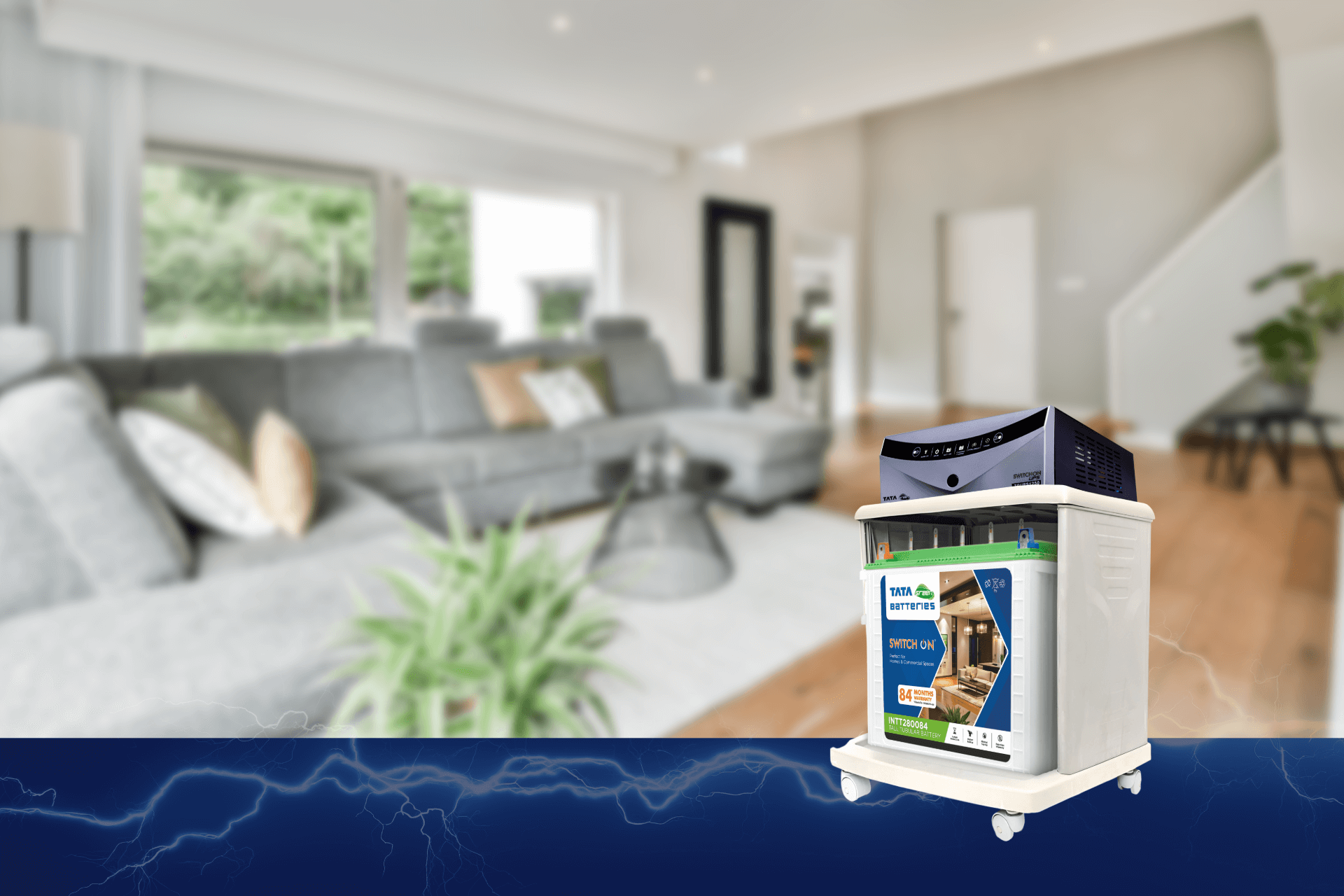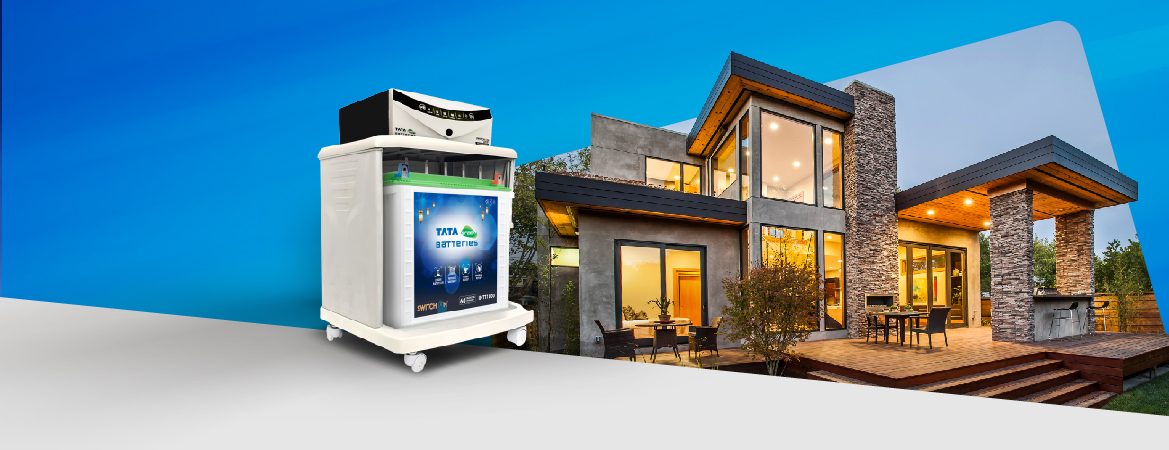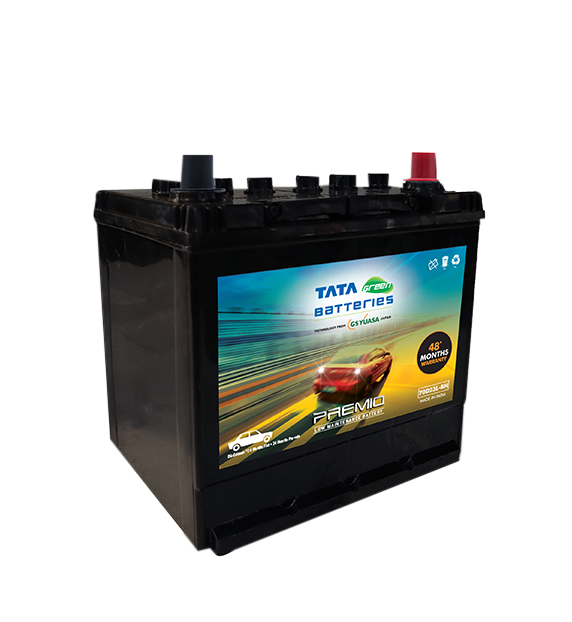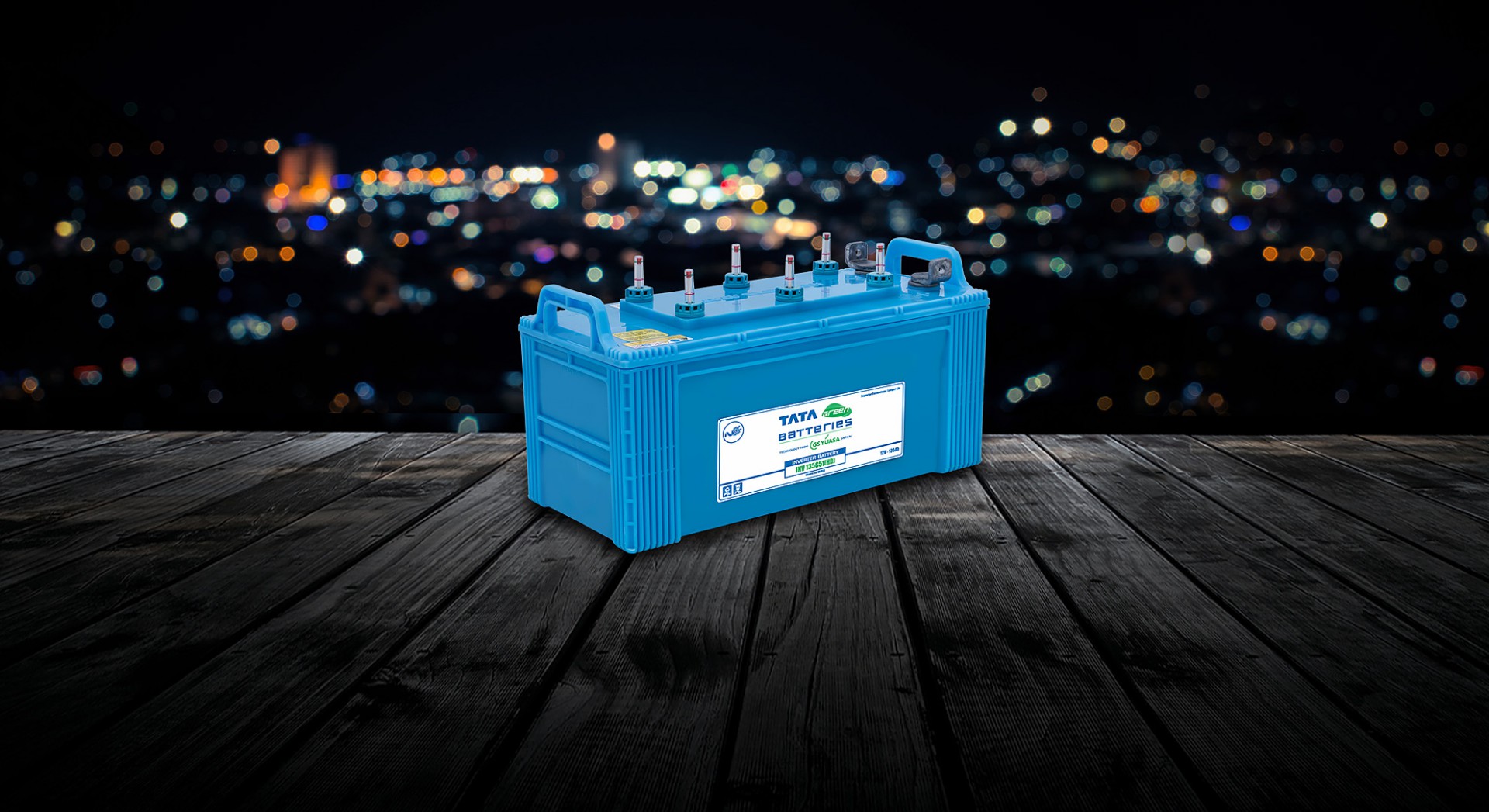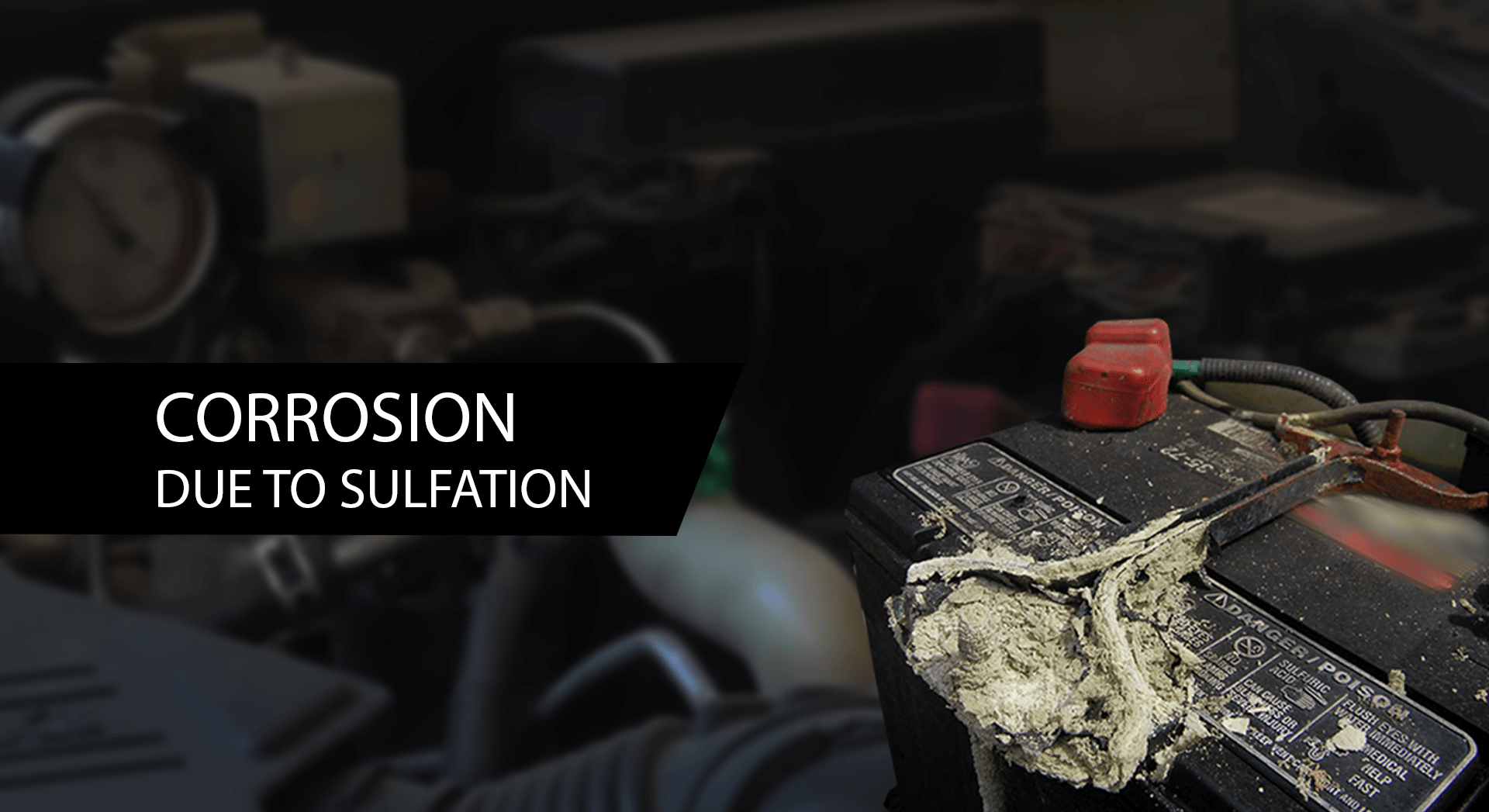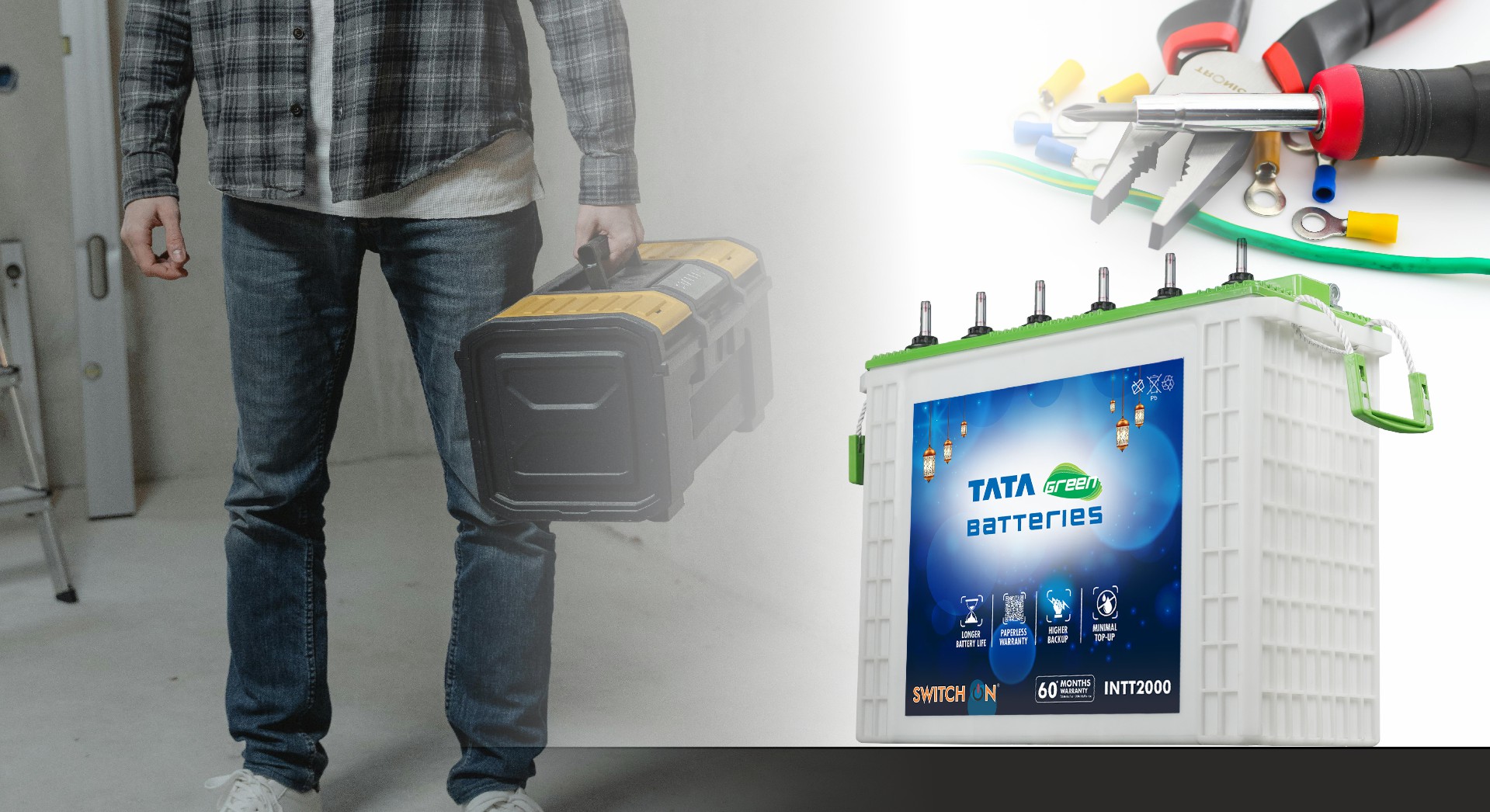An inverter battery is the silent powerhouse that keeps your home running when the grid goes down. However, like any power source, its effectiveness is only as good as the way it’s used and maintained. Many homeowners unknowingly reduce their inverter battery’s efficiency through common mistakes that can shorten battery life, increase costs and leave you in the dark when you need power most.
Let’s break down what you might be doing wrong, how it affects your inverter battery’s performance and the practical steps to keep it running efficiently for years.
-
Lack of Proper Maintenance
Just like any other battery, an inverter battery requires regular maintenance. Dust, corrosion and neglect are major culprits that degrade performance over time.
Common issues:
- Corrosion around terminals
- Dust accumulation
- Loose connections
- Low water levels in lead-acid batteries
How to Avoid it:
- Clean the terminals regularly with a dry cloth or a mix of baking soda and water
- Check the electrolyte level monthly (if using a lead-acid battery) and top it up with distilled water as needed
- Tighten loose terminal connections
- Keep the battery in a clean, dry area to prevent dust and moisture buildup
-
Overcharging the Battery
Overcharging is one of the quickest ways that damages an inverter battery. It causes the electrolyte to evaporate, increases internal heat and reduces overall battery life.
Why it happens?
- Faulty inverter settings
- Using an incompatible or substandard charger
- Leaving the battery connected to power when it’s already full
How to avoid it:
- Use an inverter with an automatic cut-off feature.
- Ensure the inverter is compatible with your battery type and capacity.
- If you’re using a manual charger, monitor charging time closely.
- Regularly inspect the battery for signs of swelling or overheating.
-
Overloading the Inverter
Your inverter isn’t built to power everything in your home at once. Plugging in high-power appliances like air conditioners, microwaves or irons can drain the battery quickly and cause internal stress.
Signs of overload:
- Frequent tripping of the inverter
- Battery drains too quickly
- Inverter gets hot or makes unusual noises
How to avoid it:
- Calculate your inverter’s load capacity and stay within limits.
- Prioritise essential appliances like fans, lights and routers during power outages.
- Don’t run multiple heavy devices simultaneously.
-
Ignoring Environmental Factors
Where and how your inverter battery is stored significantly impacts its performance. Batteries are sensitive to temperature, humidity and ventilation.
Issues caused by poor storage:
- Faster battery drains in high heat
- Corrosion from humidity
- Reduced efficiency in very cold conditions
How to avoid it:
- Keep the battery in a cool, dry and well-ventilated space.
- Avoid placing it near heat sources or in direct sunlight.
- Use a battery cabinet that allows airflow and protects against dust and moisture.
Tips to Extend Your Inverter Battery’s Life
Now that we’ve covered the mistakes, let’s look at the best practices to make your battery last longer and deliver optimal performance.
Choose the Right Battery
Not all inverter batteries are the same. Choosing the wrong type or capacity for your needs can reduce efficiency and lifespan.
Tips:
- For long power cuts, tubular batteries are a better option than flat plate batteries.
- Match battery capacity (Ah) with your inverter’s output and your household load.
- Go for trusted brands that offer warranty and service support.
Optimal Environment
As mentioned earlier, location matters. A battery that’s too hot or exposed to moisture won’t last long.
What to do:
- Install it indoors in a shaded, ventilated area.
- Avoid basements with flooding risks or uninsulated garages that get too hot.
Proper Installation
Poor installation leads to bad connections, risk of shock or inefficient charging.
Best practices:
- Hire a professional for installation.
- Use proper cables and connectors.
- Ensure secure and clean terminal contacts.
Load Management
Don’t expect your inverter battery to handle your entire home. It can lead to overload and failure.
How to manage:
- Identify essential devices to run during outages.
- Use LED lighting and energy-saving fans.
- Avoid running refrigerators, pumps or geysers on inverter power.
Avoid Deep Discharges
Letting the battery drain completely before charging reduces its lifespan.
Tips:
- Recharge your battery promptly after use.
- If power outages are rare, periodically discharge and recharge the battery to keep it active.
Regular Maintenance
Schedule a full battery checkup every 3–6 months:
- Inspect terminals for corrosion
- Check water levels
- Test output voltage and backup time
A few minutes of maintenance can prevent major breakdowns.
Final Thoughts
Your inverter battery is an investment not just a backup. Treating it well ensures you get the performance and longevity you paid for. With smart usage and a bit of care, your inverter battery can power through outages reliably year after year.
Choose inverter batteries from Tata Green Batteries that come with tubular technology and are meant to provide an uninterrupted power supply.
